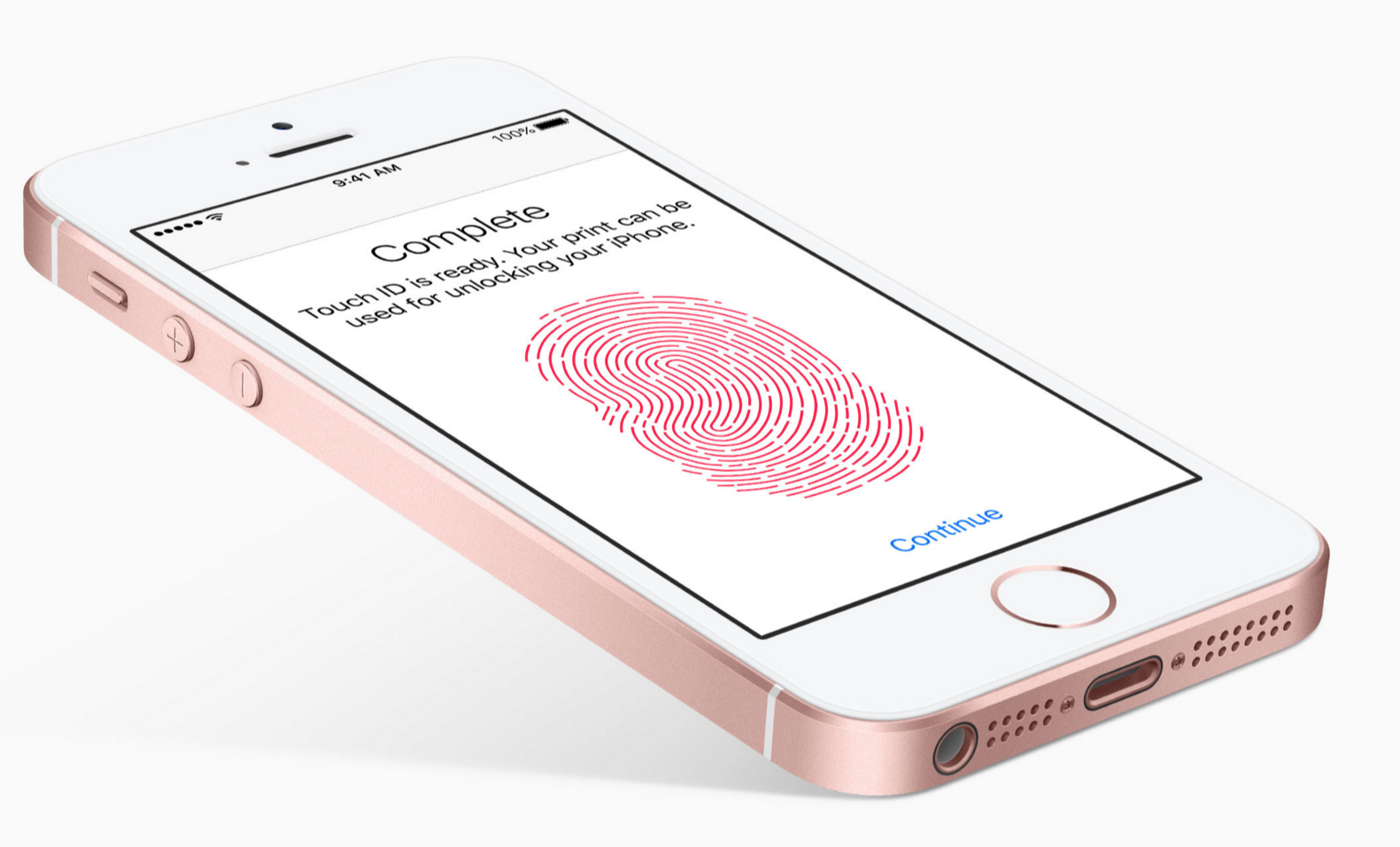

A detailed dissection by industry experts iFixit suggests Apple’s latest smartphone, the iPhone SE, borrows heavily from several of its predecessors, most notably the iPhone 5S, which was originally launched back in 2013.
But the device also uses some more up to date hardware, including the A9 processor, NFC radio and LTE cellular modem from the iPhone 6S.
And it seems that Apple has looked to the past for inspiration for the iPhone SE, as iFixit’s investigation found that several key components came from past models.
“The similarities are more than skin deep,” iFixit noted in its report, “After a little testing, we found the 5S display is plug-and-play in the SE – fitment, connectors, and functionality are the same.”
This is not perhaps too surprising, as both models are smaller than the current flagship iPhone 6S, but also appear to share the same TouchID fingerprint recognition reader as well.
This should raise a few minor concerns as the iPhone 5S was the first model to feature this technology, with the iPhone 6S featuring an updated new sensor, meaning that the SE is sporting some outdated components when compared to similar devices on the market today.
But iFixit also found that the speaker, SIM hardware and vibration unit in the iPhone SE are interchangeable with the 5S, and that other components, including the battery and cameras, appeared to be upgraded versions of those found in the older device.
Such a move is not too surprising for Apple, as the company will have been able to save costs on one of its cheapest devices ever by using these surplus parts and possibly much of the same manufacturing equipment at its assembly plants.
This is potentially good news for accident-prone consumers, however, as many repair shops and outlets will doubtlessly still stock many of the necessary components from the iPhone 5S’ initial launch.
For those who want to attempt repairs themselves, iFixit awarded the iPhone SE a 6/10 rating, noting that although the screen and battery are fairly easy to access and replace, other parts require much more careful attention, particularly concerning the Touch ID cable connected to the display makes opening the phone a damage risk for those who don’t know what they are doing.
Take our iPhone 6 and 6 Plus quiz here!
Two Chinese retailers warn customers in America that prices will increase next week, as Trump's…
Engineer Cristina Balan wins latest round in her long-running defamation claim against Elon Musk's EV…
Nvidia to partner with TSMC, Foxconn, Wistron, Amkor and SPIL to build $500 billion (£377…
American think tank warns about possible threat to US defence, after China imposes rare earth…
China is reportedly pursuing three alleged US NSA operatives, after cyberattacks on Chinese infrastructure
Chip making giant ASML mirrors other equipment makers, and outlines financial impact of Donald Trump's…
View Comments
Sadly after reading through this article I found that the title "iPhone SE Recycles Older Models’ Components" was not the case at all.
As far as i can see there are absolutely no recycled parts used at all, just brand new parts of a type that has been used before, a completely different thing altogether. I had hoped that Apple was trying to reduce the 'throw-away' nature of their products at last and the idea of using parts recycled parts from earlier models interested me, unlike the idea of continuing to use a part that you already find perfectly functional